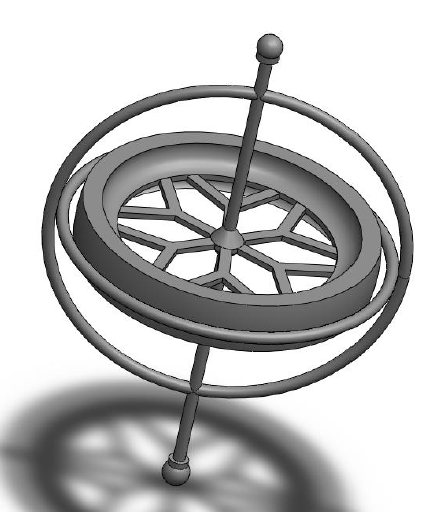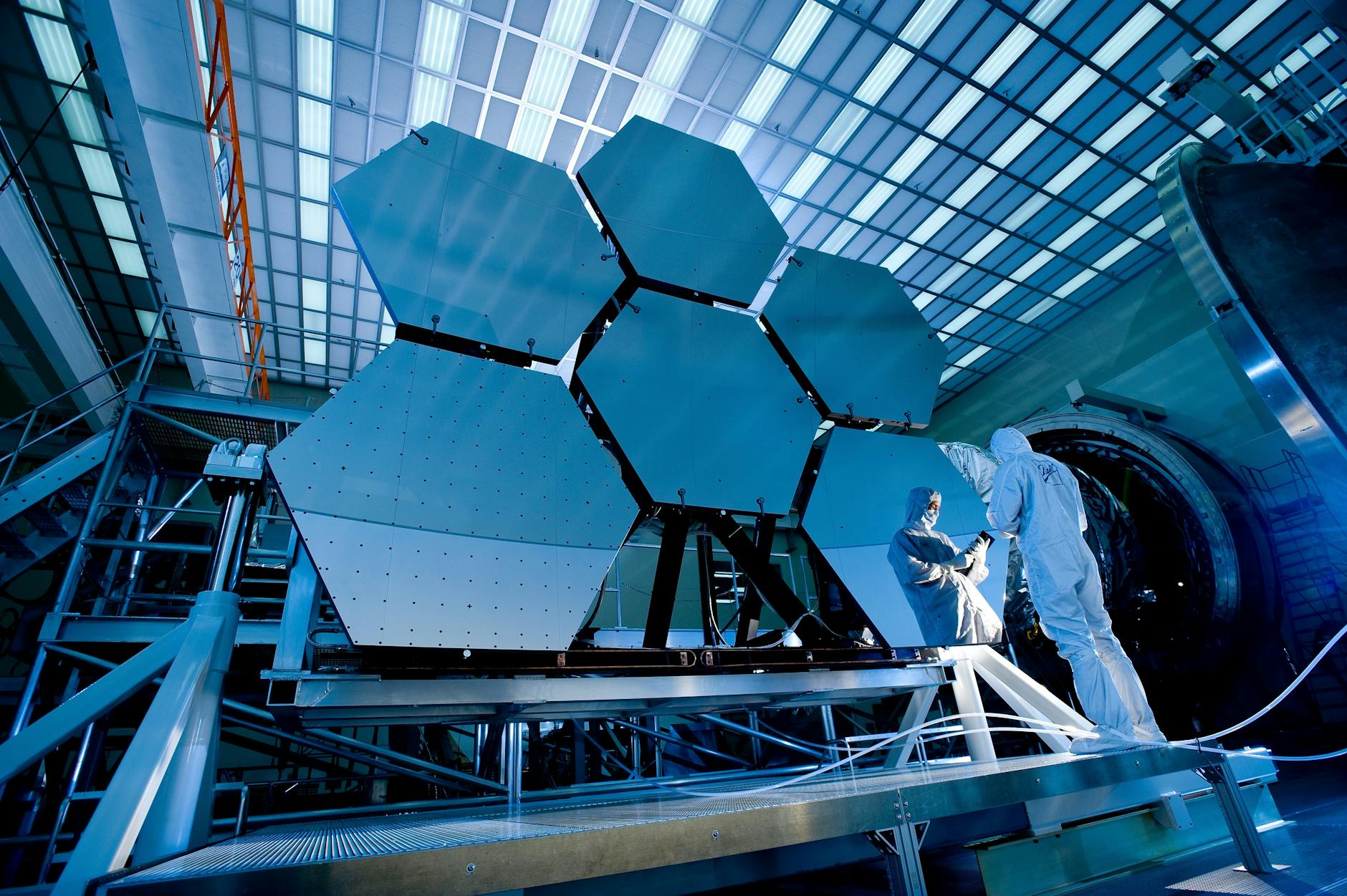
First you are allured by this captivating career option of joining Evergreen Branches, then you enroll, pay the fees and start the journey with nothing less than jolt of euphoria, but soon realize that its a maze. Here is an Ariadne's read thread to help you navigate through various nuances of your career
For decades, engineering has held a prestigious position in India, offering a reliable career path. Civil, Mechanical, and Electrical Engineering have been revered as "evergreen" branches due to their broad applicability. Cultural narratives and movies portray engineers as problem-solvers and nation-builders, reinforcing this perception. The image of an engineer wielding tools, like Iron Man, resonates with many students and their families. However, AI and rapid technological advancements are reshaping these traditional fields, prompting questions about their relevance and the need for an interdisciplinary approach.
The Allure of Evergreen Branches
The Indian education system and job market have rooted the allure of these "evergreen" branches. Civil Engineering creates essential infrastructure such as roads, bridges, buildings, and dams, playing a critical role in national development. Mechanical Engineering focuses on machinery, manufacturing, and the automotive sector, fueling industrial growth. Electrical Engineering advances power generation, distribution, and electronics, supporting technological progress. These branches have traditionally offered stable and well-paying jobs, making them preferred choices for aspiring engineers. AI and automation now challenge this traditional view.
Insights from Leading Institutions
Institutions like the Indian Institutes of Technology (IITs) are adapting how they teach these established branches. IIT Bombay's Civil Engineering department incorporates emerging technologies like AI and machine learning. Collaborative projects with the Mumbai Metropolitan Region Development Authority (MMRDA) on the Mumbai Metro provide students with practical experience and modern construction techniques.
Even IIT Delhi's Mechanical Engineering department integrates courses on robotics, AI, and advanced manufacturing processes. Partnerships with companies like Maruti Suzuki India Limited expose students to the latest automotive technologies, including electric and autonomous vehicles. IIT Madras leads research in smart grids and renewable energy. They collaborate with Power Grid Corporation of India Limited (POWERGRID) to address challenges in power distribution and sustainability.
The Impact of AI on scope of evergreen branches
AI profoundly impacts these traditional branches. In Civil Engineering, AI-driven automation revolutionizes project design and execution. Technologies like building information modeling (BIM) and drones for site surveying streamline processes and improve cost-effectiveness. The focus on green construction and sustainable practices also creates demand for civil engineers skilled in environmental technologies.
AI, IoT, and robotics integration in manufacturing processes shift paradigms in Mechanical Engineering. The rise of electric and autonomous vehicles opens doors for innovation in battery technology, vehicle dynamics, and automated systems. Electrical Engineering evolves with the growing importance of renewable energy sources and smart grids. AI applications in energy management, predictive maintenance, and grid optimization become essential skills for electrical engineers.
Even Evergreen Branches loath solitude
Indian youth must embrace an interdisciplinary approach to remain competitive. This requires integrating knowledge from various fields to tackle complex problems and drive innovation. Traditional silos separating engineering disciplines are breaking down. A holistic understanding of how different technologies intersect becomes crucial. For instance, a civil engineer might leverage knowledge of environmental science and urban planning, while a mechanical engineer benefits from expertise in electronics and computer science. Electrical engineers increasingly need proficiency in data analytics and AI to manage smart grids and energy systems.
Adapting Curriculum and Upskilling
AI and automation are transforming the Evergreen Branches. Adopting an interdisciplinary approach and integrating new technologies into education can ensure their continued relevance. Collaboration between academia and industry, continuous curriculum updates, and a commitment to lifelong learning are key. By doing so, the next generation of engineers can drive innovation and progress, maintaining the evergreen status of these essential engineering disciplines.


















